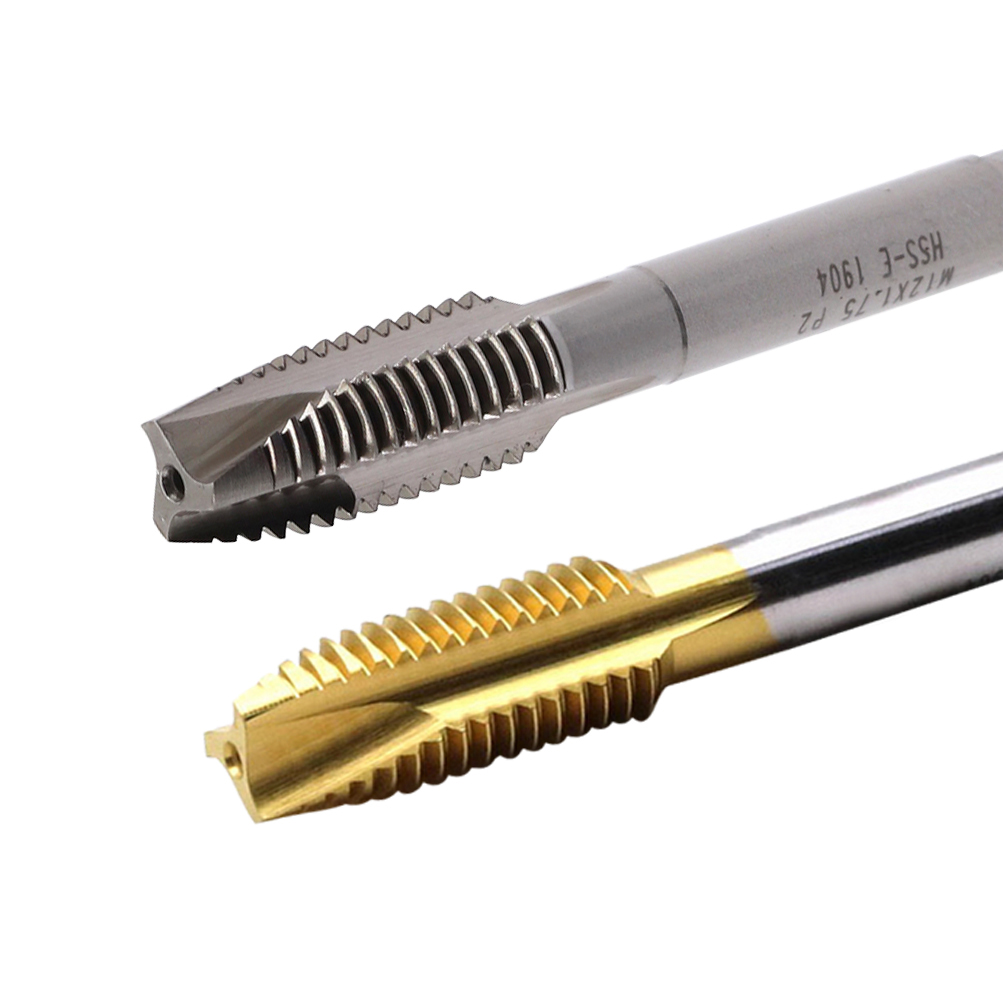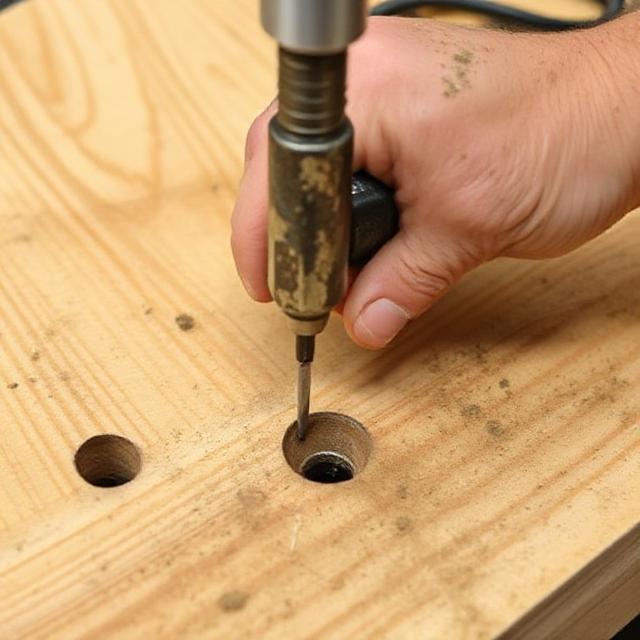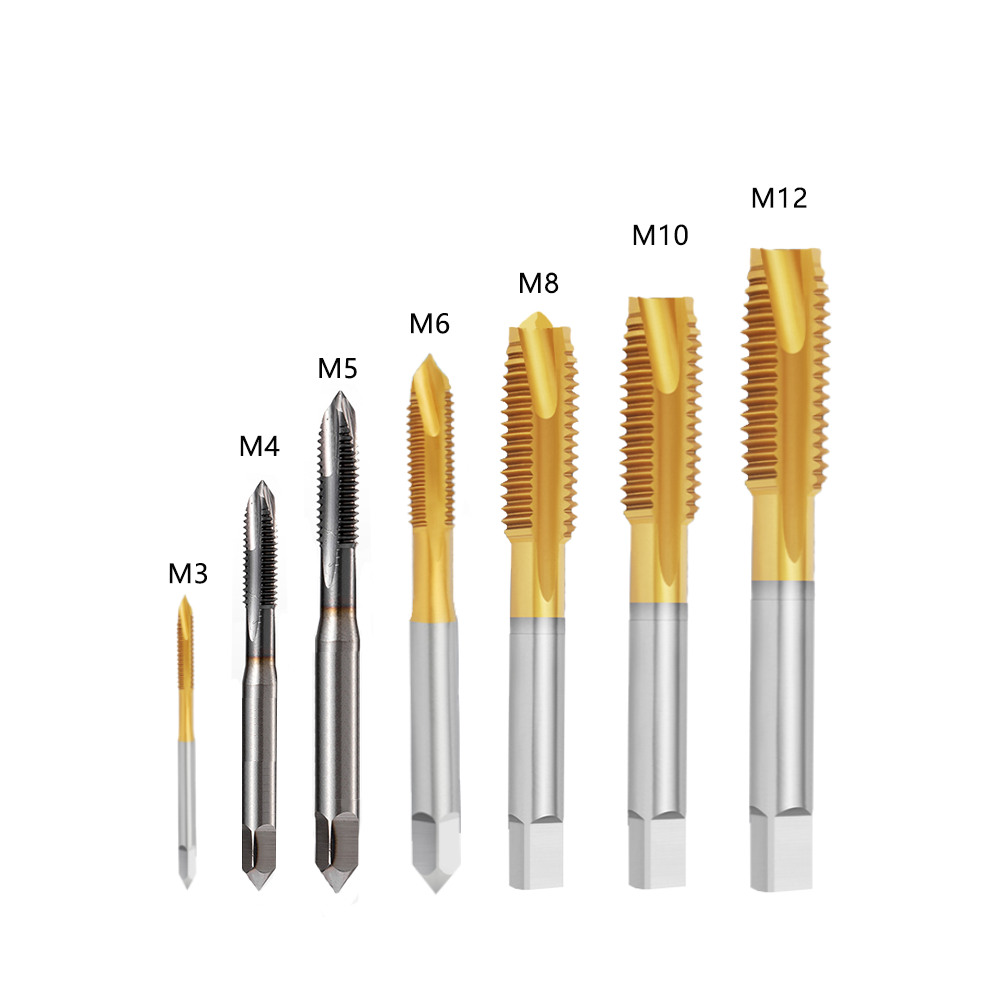
This guide will explain what tapped holes are, how they’re created, what tools are used, and how leading manufacturers like MisolGroup help industries achieve exceptional thread-cutting results with advanced tap technologies.
Table of Contents
- 1. What Is a Tapped Hole?
- 2. Purpose and Applications of Tapped Holes
- 3. How Tapped Holes Are Made
- 4. Common Tools for Creating Tapped Holes
- 5. Materials Suitable for Tapped Holes
- 6. High-Performance Thread Cutting by MisolGroup
- 7. Advantages of Using Precision Tapped Holes
- 8. Maintenance and Quality Control Tips
- 9. Summary Table of Key Points
- 10. FAQs
- 11. References
1. What Is a Tapped Hole?
A tapped hole is a hole that has been drilled and then internally threaded with a cutting tool known as a tap. The threading inside the hole allows a screw or bolt to be fastened securely into the material. Tapped holes are widely used in industries such as automotive, aerospace, mold manufacturing, and electronics assembly.
The process of creating a tapped hole involves two main steps:
- Drilling: A pilot hole is drilled slightly smaller than the desired thread diameter.
- Tapping: A tap is used to cut threads into the walls of the drilled hole, allowing threaded fasteners to fit perfectly.
2. Purpose and Applications of Tapped Holes
Tapped holes are vital in mechanical assemblies where detachable or adjustable connections are required. Their primary purpose is to provide strong, reusable, and precise threaded connections without the need for nuts or external threading components.
Common Applications Include:
- Automotive Components: Engine blocks, transmission cases, and suspension parts often rely on tapped holes for fastener alignment and secure assembly.
- Aerospace Engineering: Aircraft frames and engine mounts require tapped holes to handle high vibration and pressure environments.
- Mold and Die Manufacturing: Molds use tapped holes for clamping, alignment, and part attachment.
- Electronic Devices: Housings and casings for electronics often use micro-tapped holes for precision screw fitting.
3. How Tapped Holes Are Made

Creating a tapped hole involves precision machining and proper tool selection. The process can be manual or automated using CNC machinery.
Step-by-Step Process:
- Step 1 – Drill the Pilot Hole: Use a drill bit slightly smaller than the tap’s nominal size to prepare the base hole.
- Step 2 – Select the Right Tap: Choose a tap suitable for the material and thread type (metric or imperial).
- Step 3 – Apply Lubrication: Reduce friction and prevent tool breakage by applying cutting oil or lubricant.
- Step 4 – Cut the Threads: Insert and rotate the tap to cut internal threads. For deep holes, back off periodically to remove chips.
- Step 5 – Clean the Hole: Remove debris using compressed air or cleaning fluid to ensure clean thread engagement.
In industrial environments, tapping machines or CNC mills automate this process, ensuring accuracy and speed.
4. Common Tools for Creating Tapped Holes

Screw tap
The performance of a tapped hole depends largely on the quality and type of tap used. MisolGroup manufactures a comprehensive range of thread cutting tools designed to deliver consistent precision and longevity.
Types of Taps by MisolGroup:
- Carbide Taps: Designed for high-speed applications and hard materials such as stainless steel and titanium.
- Nut Taps: Used for producing threads inside nuts or deep holes.
- Pipe Taps: Ideal for threading pipe fittings that require airtight or watertight seals.
- Spiral Flute Taps: Best for blind holes; they efficiently evacuate chips upward.
- Spiral Point Taps: Suitable for through-holes where chips can exit forward.
- Straight Flute Taps: Used for general-purpose threading in a variety of materials.
5. Materials Suitable for Tapped Holes
The type of material being tapped greatly affects the choice of tap, cutting speed, and lubrication method. MisolGroup taps are engineered to perform effectively across a wide range of materials.
- Cast Iron: Requires durable taps with rigid geometry to handle brittleness.
- Carbon Steel: Works well with high-speed steel taps like M2 or M35 for consistent cutting.
- Stainless Steel: Needs taps with advanced coatings and spiral flutes to manage heat and chip control.
- Non-Ferrous Alloys: Aluminum and copper benefit from polished taps that reduce galling and friction.
6. High-Performance Thread Cutting by MisolGroup
Founded in 2005, MisolGroup has become a trusted global supplier of thread cutting tools known for their quality, innovation, and precision. Based in China, the company integrates research, development, and production under one roof, providing superior value to clients across automotive, aerospace, defense, and electronic sectors.
Why Choose MisolGroup Taps?
- Full In-House Production: Ensures quality control at every stage, from raw material selection to final inspection.
- Premium High-Speed Steels: Uses advanced alloys like M35, DV3, and M2 for long-lasting performance.
- Advanced CNC Manufacturing: Guarantees accuracy and uniformity in every tap.
- ISO-Certified Quality: Compliance with international standards ensures reliability and consistency.
- Industry-Specific Expertise: Custom solutions designed for automotive, mold, and electronic manufacturing.
With nearly two decades of R&D experience, MisolGroup’s threading tools are optimized for high performance in the most demanding industrial environments.
7. Advantages of Using Precision Tapped Holes
Properly tapped holes deliver numerous mechanical and operational advantages in design and assembly.
- High Structural Integrity: Ensures strong joints that can handle vibration and load.
- Reusable Fastening Points: Threaded holes allow bolts and screws to be removed and reinstalled without damage.
- Reduced Assembly Time: No need for nuts or complex fastening systems.
- Space Efficiency: Ideal for compact mechanical assemblies.
8. Maintenance and Quality Control Tips
- Inspect tapped holes regularly for wear, debris, or thread damage.
- Always use clean, sharp taps to avoid uneven threading.
- Apply proper cutting lubricants based on material type.
- Ensure alignment between the tap and pilot hole to prevent cross-threading.
- Use precision tools like MisolGroup spiral flute or carbide taps for consistent performance.
9. Summary Table of Key Points
| Aspect | Details |
|---|---|
| Definition | Internally threaded hole created using a tap tool. |
| Main Purpose | To provide a secure fastening point for bolts or screws. |
| Key Industries | Automotive, Aerospace, Electronics, Mold Manufacturing. |
| Common Tools | Carbide, Spiral Flute, Spiral Point, and Straight Flute Taps. |
| Recommended Brand | MisolGroup Thread Cutting Tools |
10. Frequently Asked Questions (FAQs)
Q1. What is the difference between a drilled hole and a tapped hole?
A drilled hole is smooth and unthreaded, while a tapped hole has internal threads that allow screws or bolts to fasten securely.
Q2. Can tapped holes be made manually?
Yes, with the proper tap wrench and cutting lubricant, small tapped holes can be made manually for light-duty projects.
Q3. What happens if a tap breaks inside a hole?
Removing a broken tap can be difficult; using high-quality taps such as those from MisolGroup minimizes the risk of breakage.
Q4. How deep should a tapped hole be?
Typically, the depth should be 1.5 to 2 times the bolt diameter to achieve optimal thread engagement and strength.
Q5. Which materials are hardest to tap?
Stainless steel and hardened alloys are challenging due to their toughness and heat resistance, requiring specialized taps like carbide taps.


